Argonne scientists at the Advanced Photon Source are among the first to study tiny fragments of near-Earth asteroid 162173 Ryugu, collected by a Japanese space mission. These fragments could tell us long-hidden secrets about how our planet and solar system were formed.
Tag: Scientific User Facilities
Just by changing its shape, Argonne scientists show they can alter material properties
Argonne scientists have observed that when the shape of a thin film of metal oxide known as titania is confined at the mesoscale, its conductivity increases. This finding demonstrates that nanoscale confinement is a way to control quantum effects.
Through the looking glass: How a state-of-the-art optics system will make the APS Upgrade possible
The upgraded Advanced Photon Source will need a new optics system, one that is much more precise than the current one. A team of Argonne specialists created the new system, and even had to invent new tools to design and test it.
Pivotal discovery of nanomaterial for LEDs
Perovskite nanocrystals have been prime candidates as a new material for LEDs but have proved unstable on testing. Scientists have discovered a method for stabilizing them, which have applications for consumer electronics, detectors and medical imaging.
Ultrafast electron microscopy leads to pivotal discovery
Argonne researchers used ultrafast electron microscopy to study a nanoscale phenomenon that occurs in less than a few hundred quadrillionths of a second. Insights from the study could aid in the development of new sensors and quantum devices.
Bringing discoveries to light: X-ray science at Argonne
The Advanced Photon Source allows an intricate view of everything from proteins to nuclear fuel. With a planned upgrade, it will become even more powerful.
Automatically Steering Experiments Toward Scientific Discovery
Scientists at Brookhaven and Lawrence Berkeley National Laboratories have been developing an automated experimental setup of data collection, analysis, and decision making.
Scientists repurpose cancer and seizure medications to aid in the fight against COVID-19
Two teams of researchers using the Advanced Photon Source identified existing drugs — one used to treat cancer, the other an anti-seizure medication — that may work as treatments for COVID-19.
Liquid-like motion in crystals could explain their promising behavior in solar cells
Scientists studied the inner workings of a solar cell material using X-ray and neutron scattering. The study revealed that liquid-like motion in the material may be responsible for their high efficiency in producing electric currents from solar energy.
Unlocking the secrets of Earth’s early atmosphere
Research partly conducted at the Advanced Photon Source helped scientists discover the composition of Earth’s first atmosphere. What they found raises questions about the origin of life on Earth.
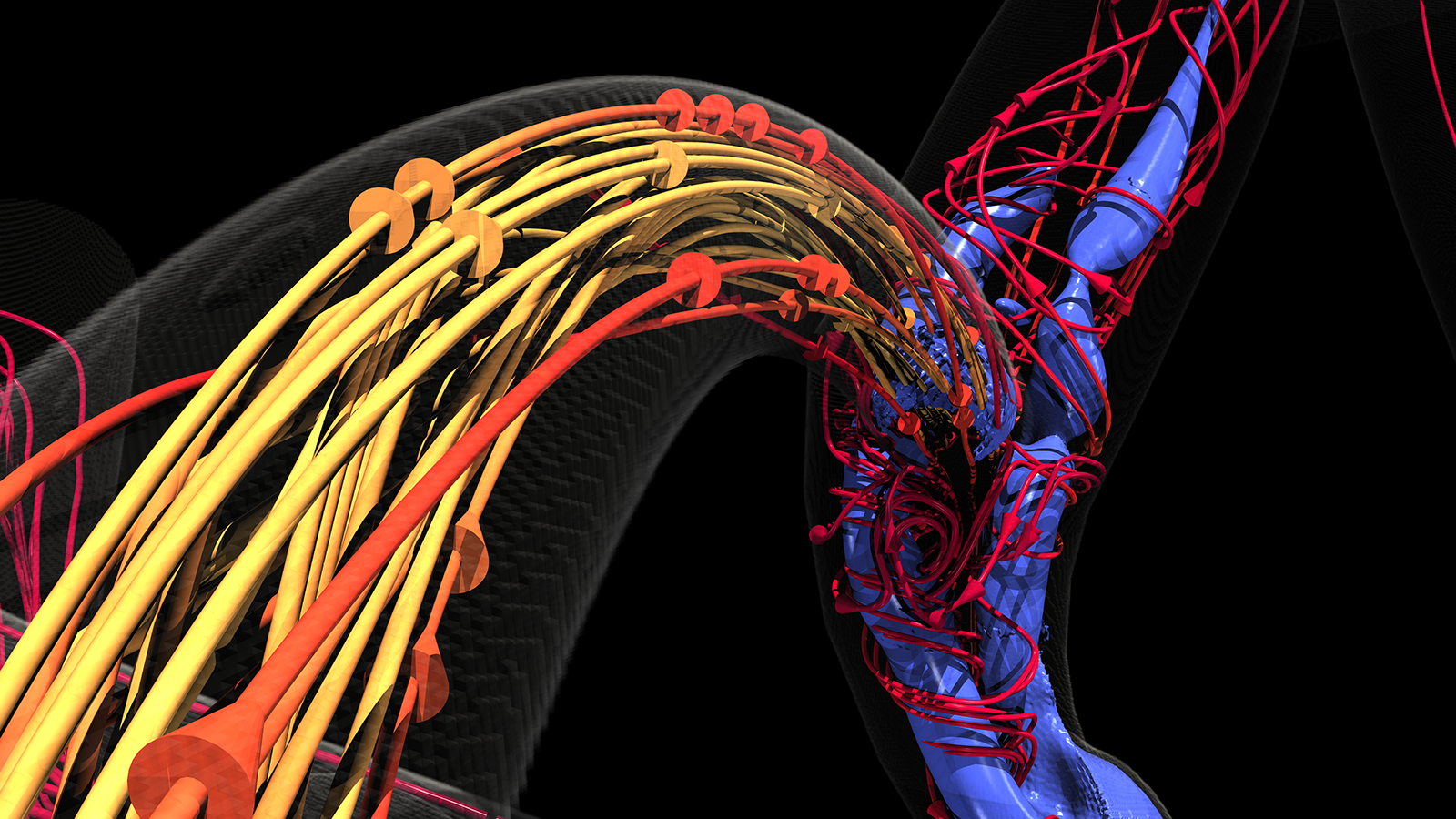
Preparing for exascale: Aurora supercomputer to help scientists visualize the spread of cancer
In advance of Argonne’s Aurora exascale supercomputer, Duke University assistant professor Amanda Randles is leading a new study to analyze cancer metastasis using HARVEY, a code that simulates blood vessels within the human body.
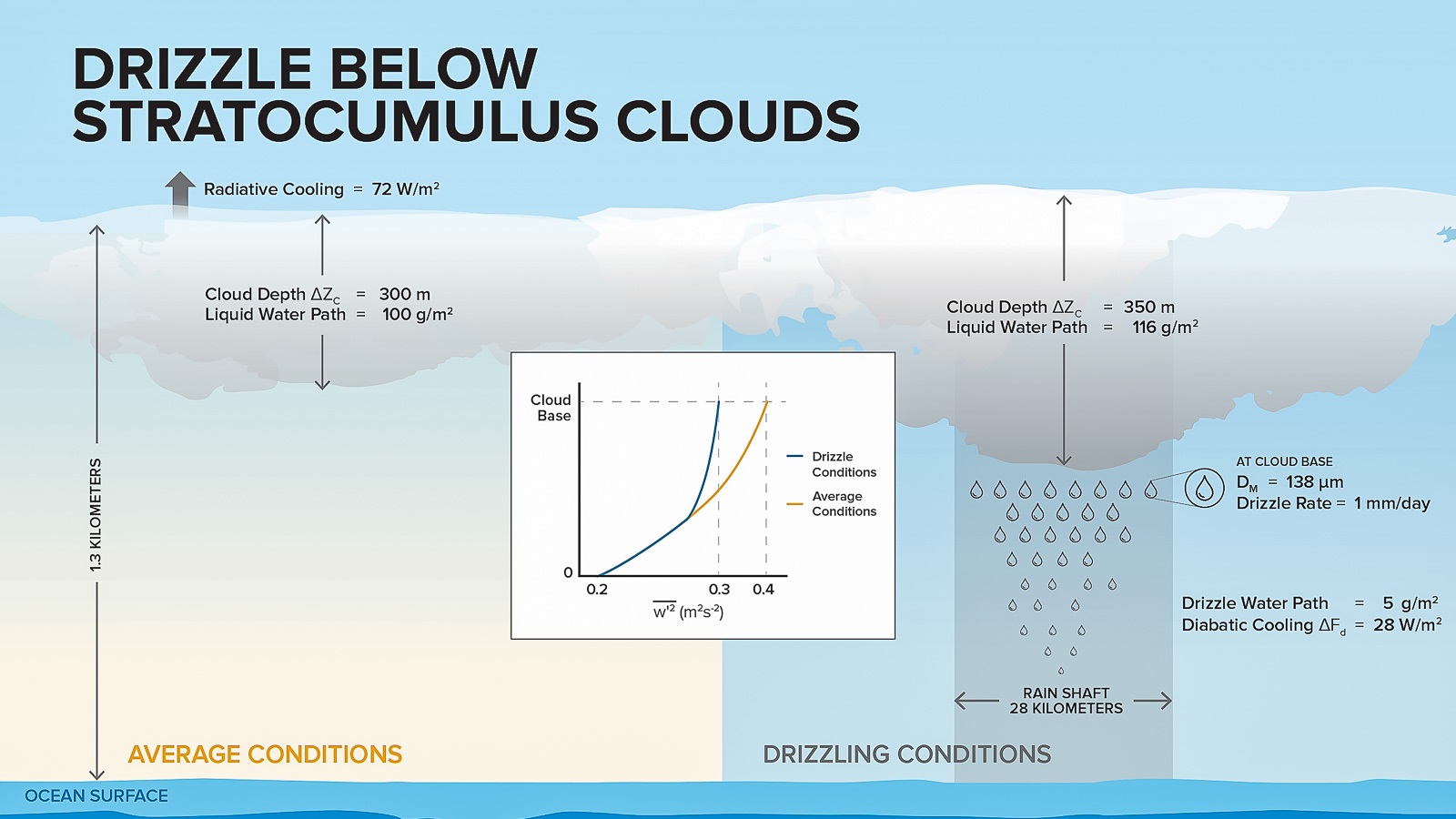
Tiny raindrops pose big challenges: Argonne researchers improve climate models, prediction of climate change
Drizzle in marine clouds is a key parameter for achieving more accurate climate predictions. Argonne developed novel techniques to retrieve drizzle properties and will expand its research to the aerosol impact on clouds and precipitation.

Research plumbs the molecular building blocks for light-responsive materials
This project at Argonne National Laboratory is focused on better understanding light-responsive organic materials for a future with flexible, highly efficient photovoltaics and cutting-edge optical tools.
Sneak preview: New platform allows scientists to explore research environments virtually
The Department of Energy pledged $1.68 million to Argonne National Laboratory over three years so it can create a virtual platform or digital twin that will allow experimentalists to explore their proposed studies prior to visiting the labs.

Why the lovable llama might be a secret weapon against COVID-19
As the fight against COVID-19 continues, scientists have turned to an unlikely source for a potentially effective treatment: tiny antibodies naturally generated by llamas.
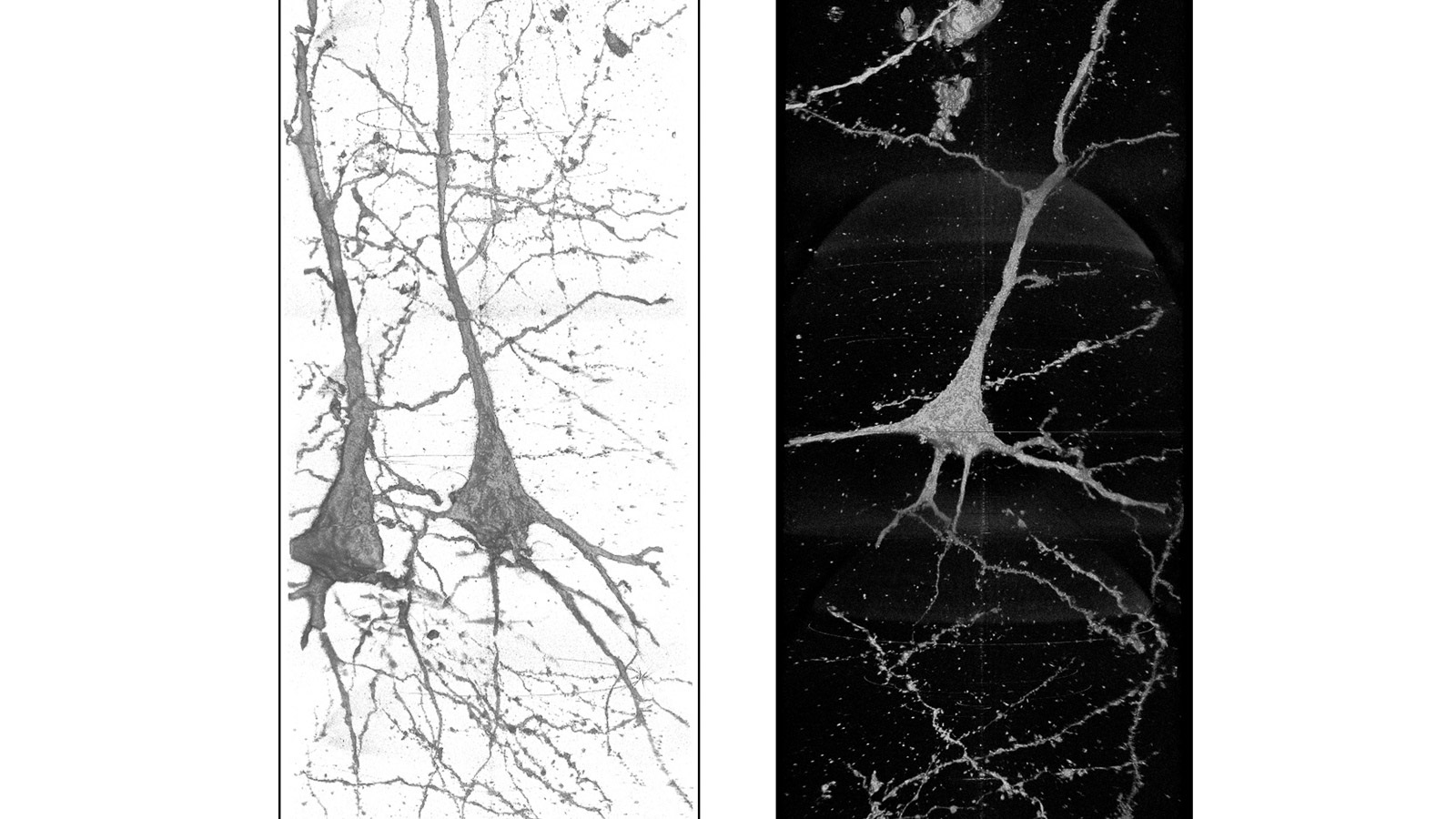
Seeing schizophrenia: X-rays shed light on neural differences, point toward treatment
An international research team used the ultrabright X-rays of the Advanced Photon Source to examine neurons in the brains of schizophrenia patients. What they learned may help neurologists treat this harmful brain disorder.

How Argonne is working to power a clean energy revolution
A growing global population will need energy from a range of sources. Scientists at Argonne National Laboratory have been pioneering solutions for 75 years.

Worth their salt: New battery anodes use salt for energy, stability
Researchers at the U.S. Department of Energy’s Argonne National Laboratory and the University of California San Diego have discovered that a material that looks geometrically similar to rock salt could be an interesting candidate for lithium battery anodes that would be used in fast charging applications.
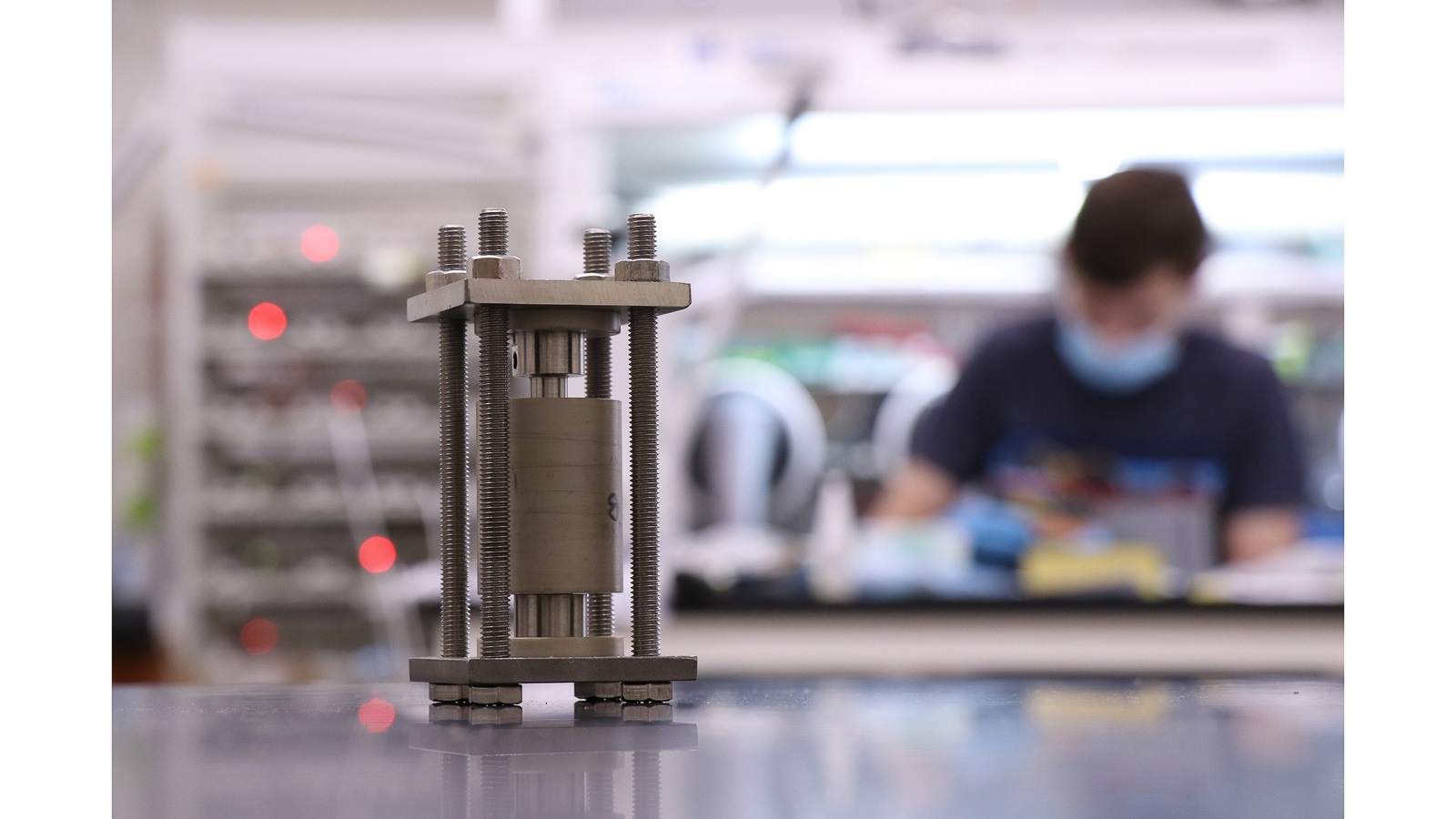
Inside the battery in 3D: Powerful X-rays watch solid state batteries charging and discharging
Using high-speed X-ray tomography, researchers captured images of solid-state batteries in operation and gained new insights that may improve their efficiency.

Latch, load and release: Advanced Photon Source helps reveal elastic motion that makes click beetles click
A new study examines the forces behind the quick energy release beetles use for propulsion and provides guidelines for studying extreme motion and energy storage and release in animals.
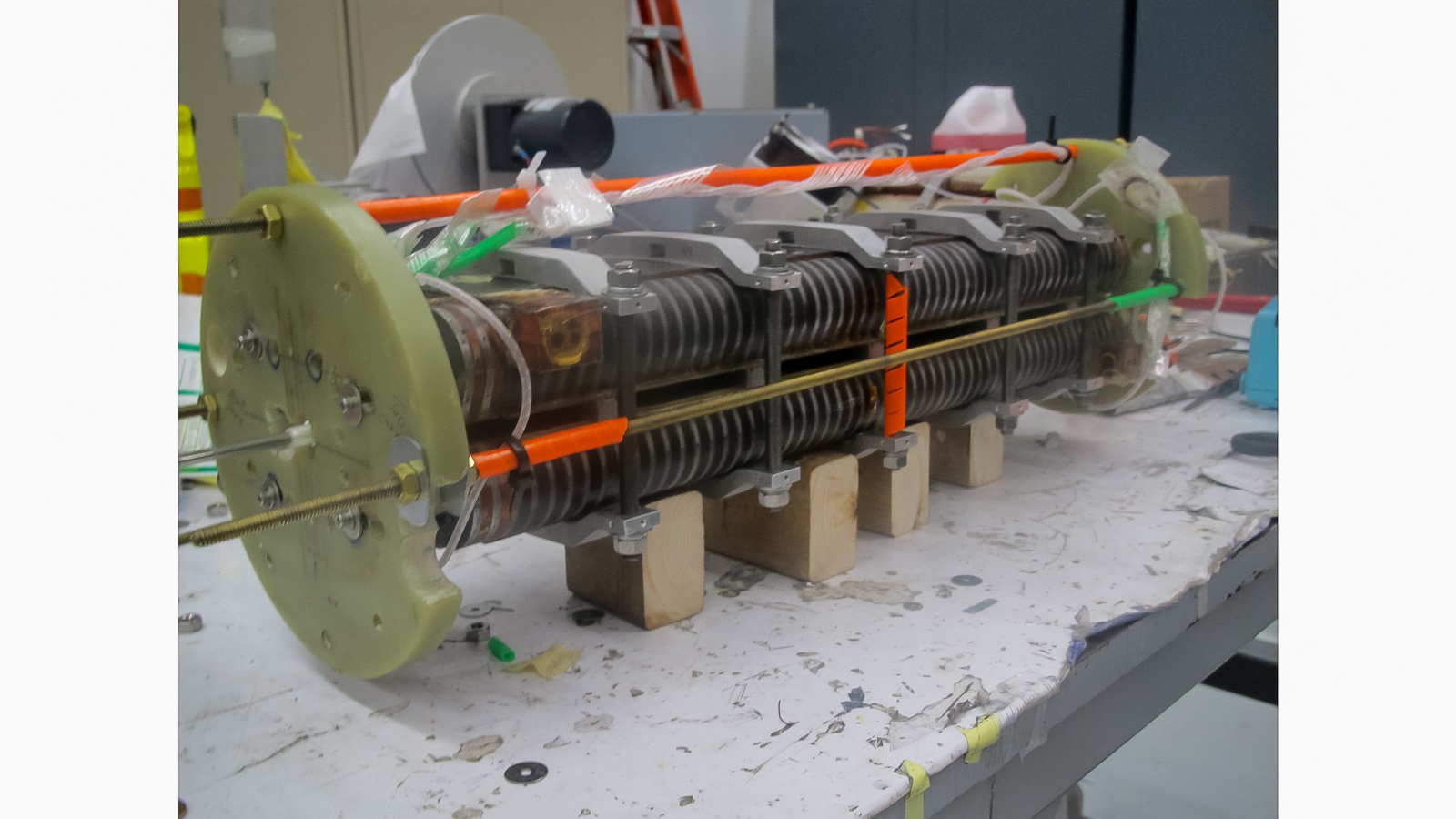
National laboratories’ magnet designers look to the future of light sources with new prototype
After more than 15 years of work, scientists at three DOE national laboratories have succeeded in creating and testing an advanced, more powerful superconducting magnet made of niobium and tin for use in the next generation of light sources.

Mira’s Last Journey: exploring the dark universe
Scientists used a supercomputer to perform one of the five largest cosmological simulations ever — the Last Journey. This simulation will provide crucial data for sky maps to aid leading cosmological experiments.
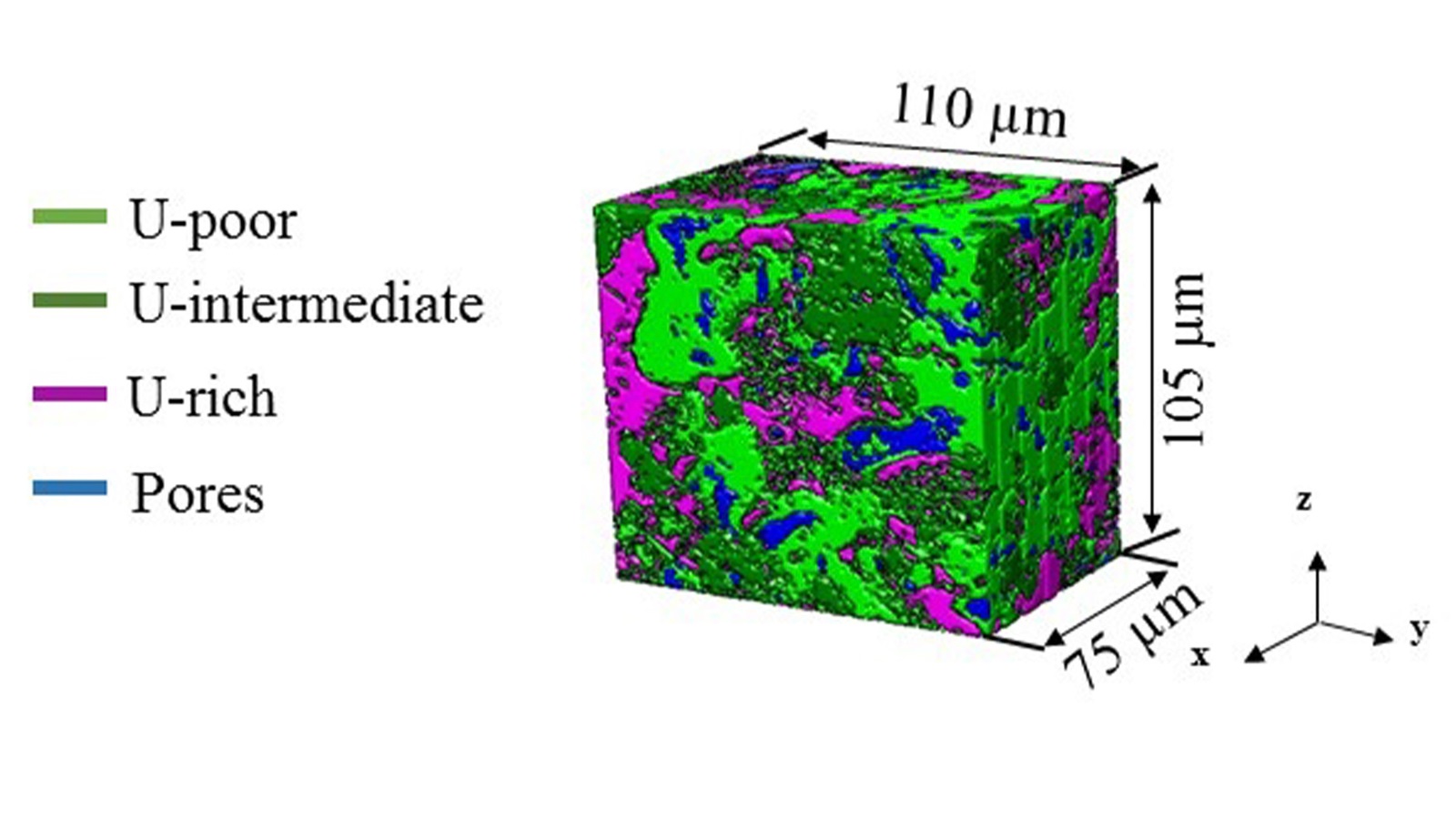
Scientists gain an unprecedented view of irradiated nuclear fuel
Researchers from Purdue University and Argonne National Laboratory have used intense X-rays to inspect irradiated nuclear fuel.
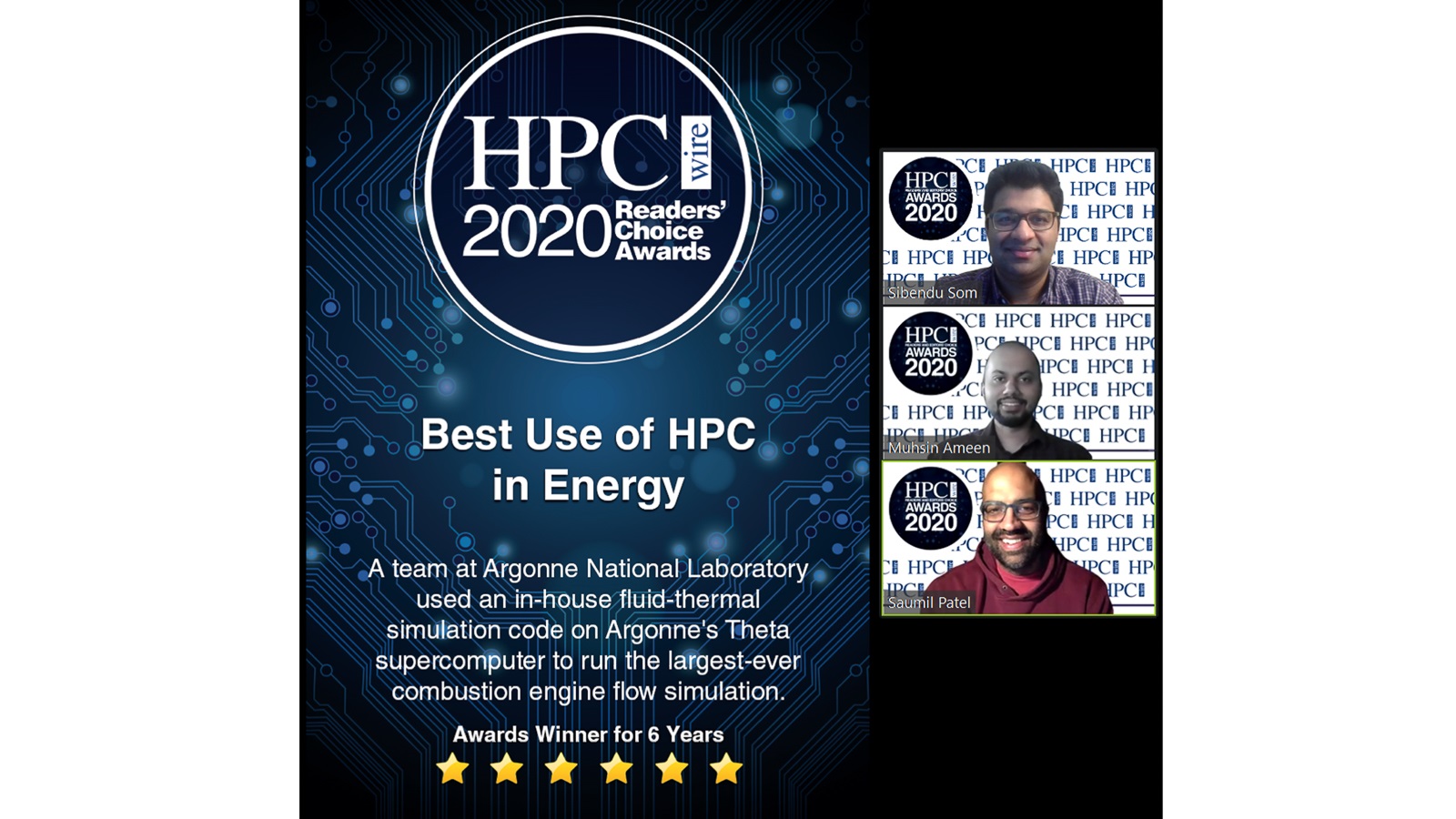
Argonne earns HPCwire awards for the best use of high performance computing in energy and industry
HPCwire magazine recognizes two Argonne teams for outstanding achievement in their use of high performance computing.
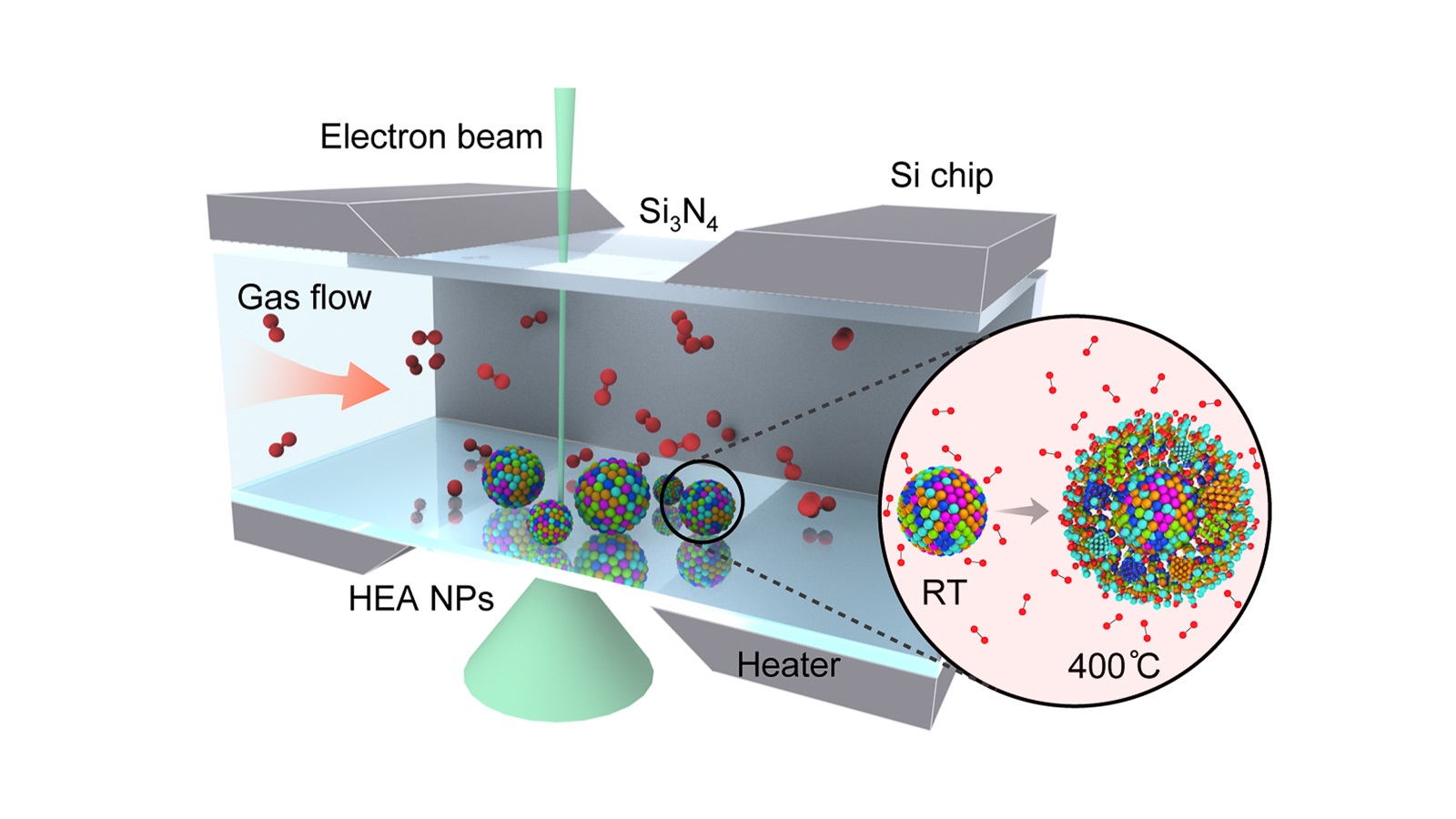
Better together: Scientists discover far-reaching applications of nanoparticles made of multiple elements
As catalysts for fuel cells, batteries and processes for carbon dioxide reduction, alloy nanoparticles that are made up of five or more elements are shown to be more stable and durable than single-element nanoparticles.
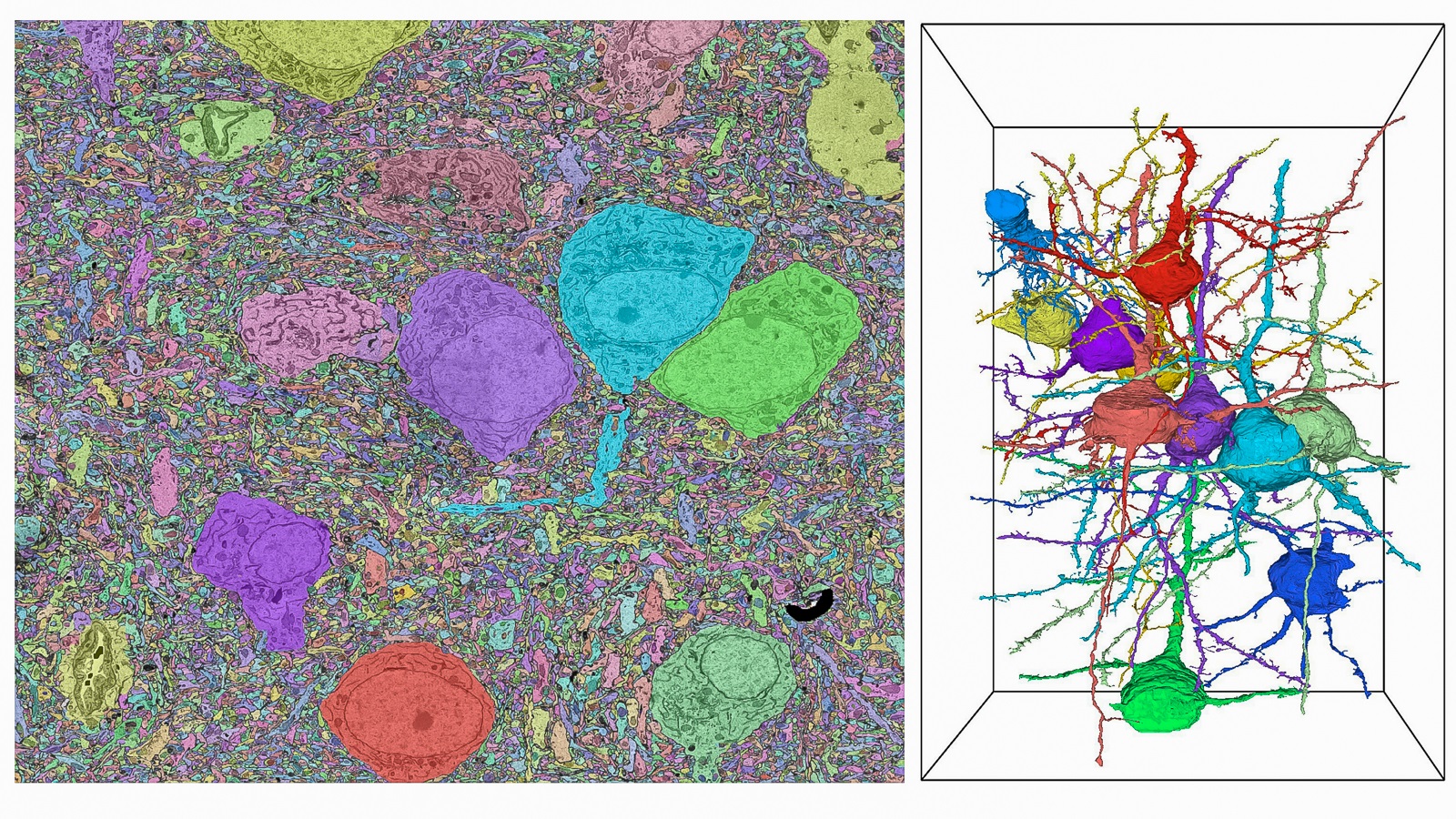
The high-tech evolution of scientific computing: A slight return
To leverage emerging computing capabilities and prepare for future exascale systems, the Argonne Leadership Computing Facility, a DOE Office of Science User Facility, is expanding its scope beyond traditional simulation-based research to include data science and machine learning approaches.

Understanding ghost particle interactions
Argonne scientists were part of a team that constructed a nuclear physics model capturing the interactions between neutrinos and atomic nuclei. This model building is part of a larger project to understand the role of neutrinos in the early universe.
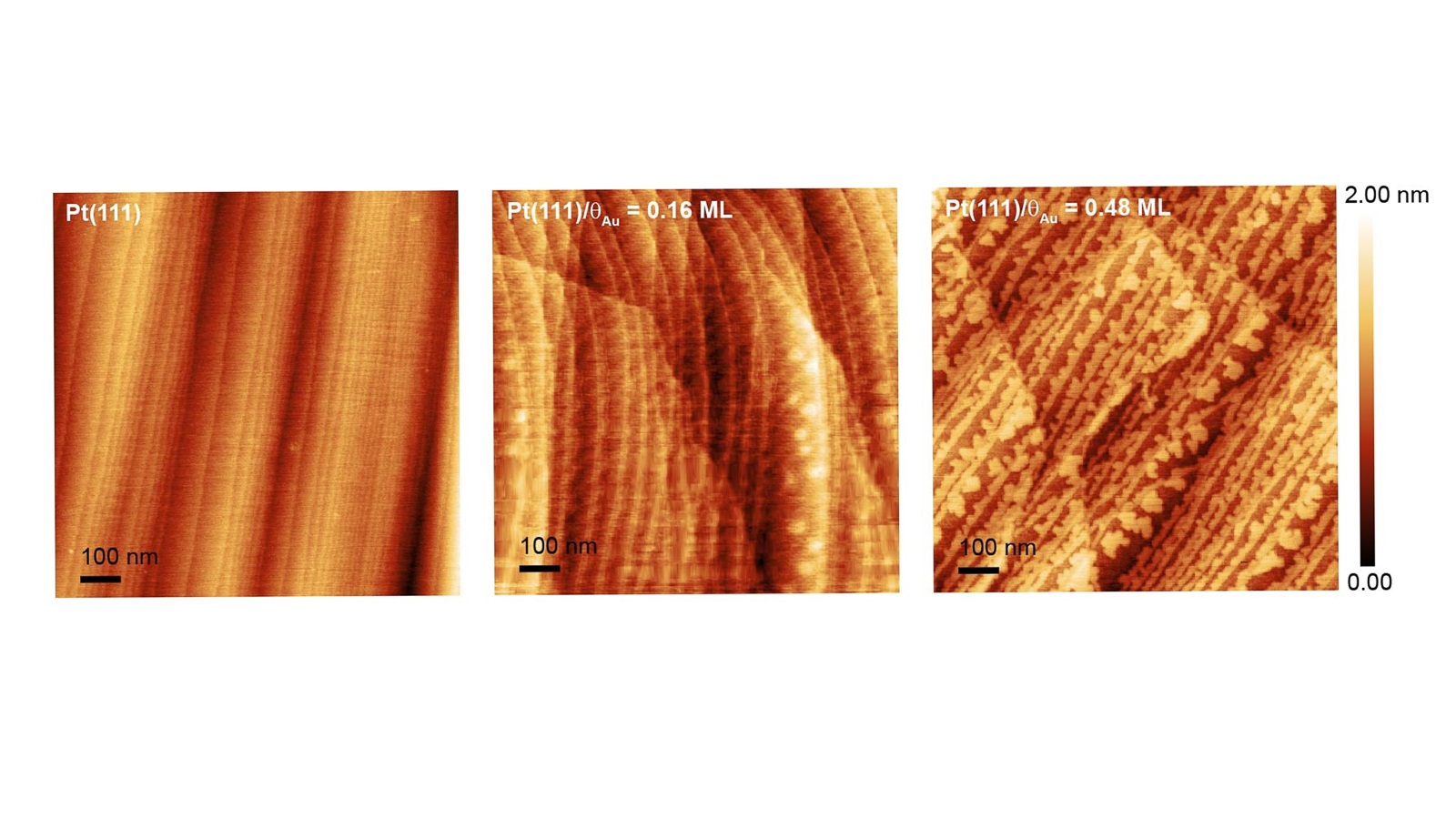
High-precision electrochemistry: The new gold standard in fuel cell catalyst development
As part of an international collaboration, scientists at Argonne National Laboratory have made a pivotal discovery that could extend the lifetime of fuel cells that power electric vehicles by eliminating the dissolution of platinum catalysts.

Argonne researchers develop new chip design for analyzing plant-microbe interactions
Plants interact with bacteria and fungi in ways that are not fully understood. Argonne researchers have discovered a way to see these interactions using a newly designed microfluidic device.
Cementing the future
Researchers from Argonne National Laboratory’s Advanced Photon Source and Center for Nanoscale Materials are utilizing nano- and micro-scale imaging to better understand the chemical processes behind the formation of cement.
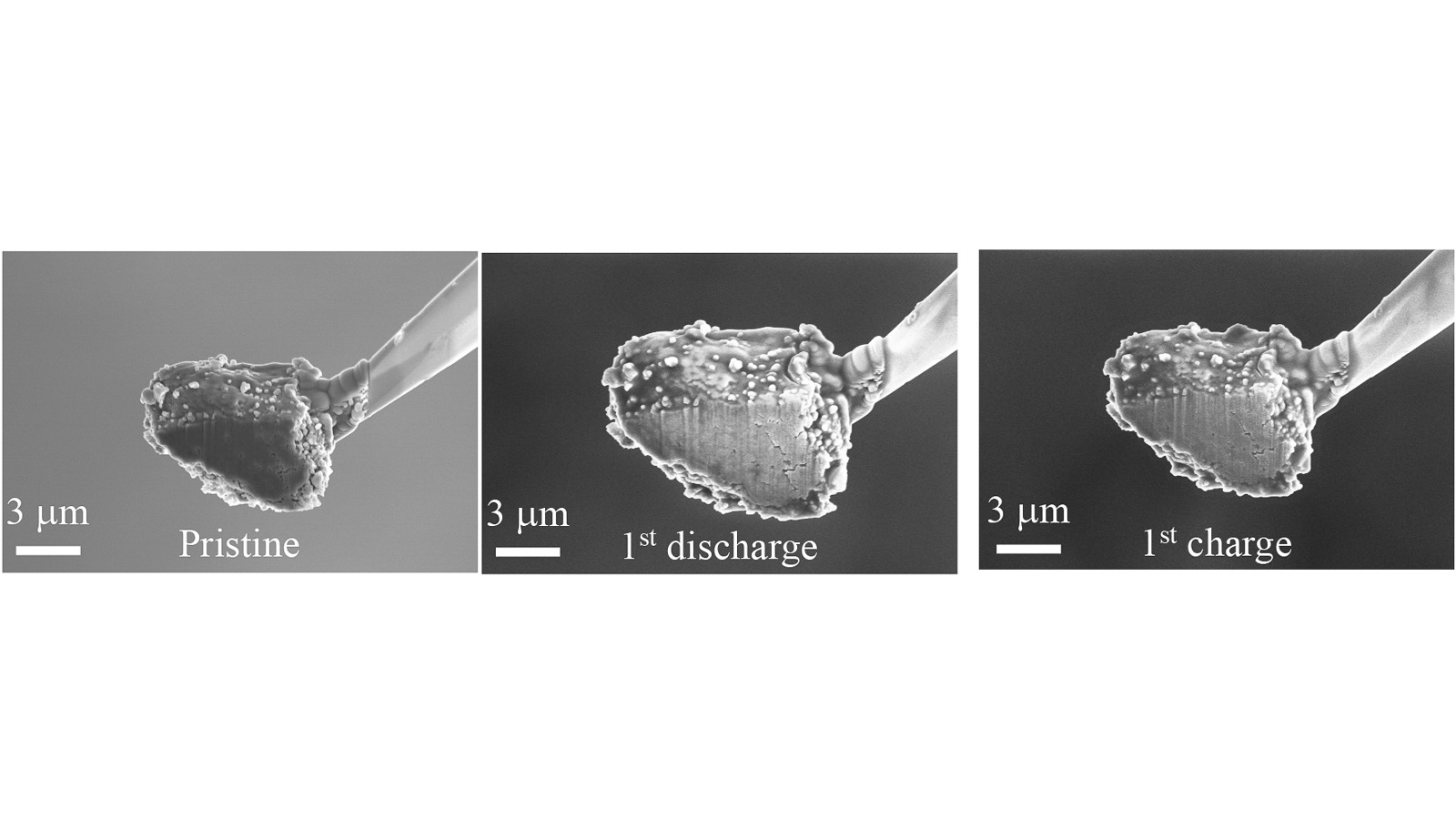
Redesigning lithium-ion battery anodes for better performance
In a new study, a team led by researchers at Argonne National Laboratory has made discoveries concerning a potential new, higher-capacity anode material, which would allow lithium-ion batteries to have a higher overall energy capacity.
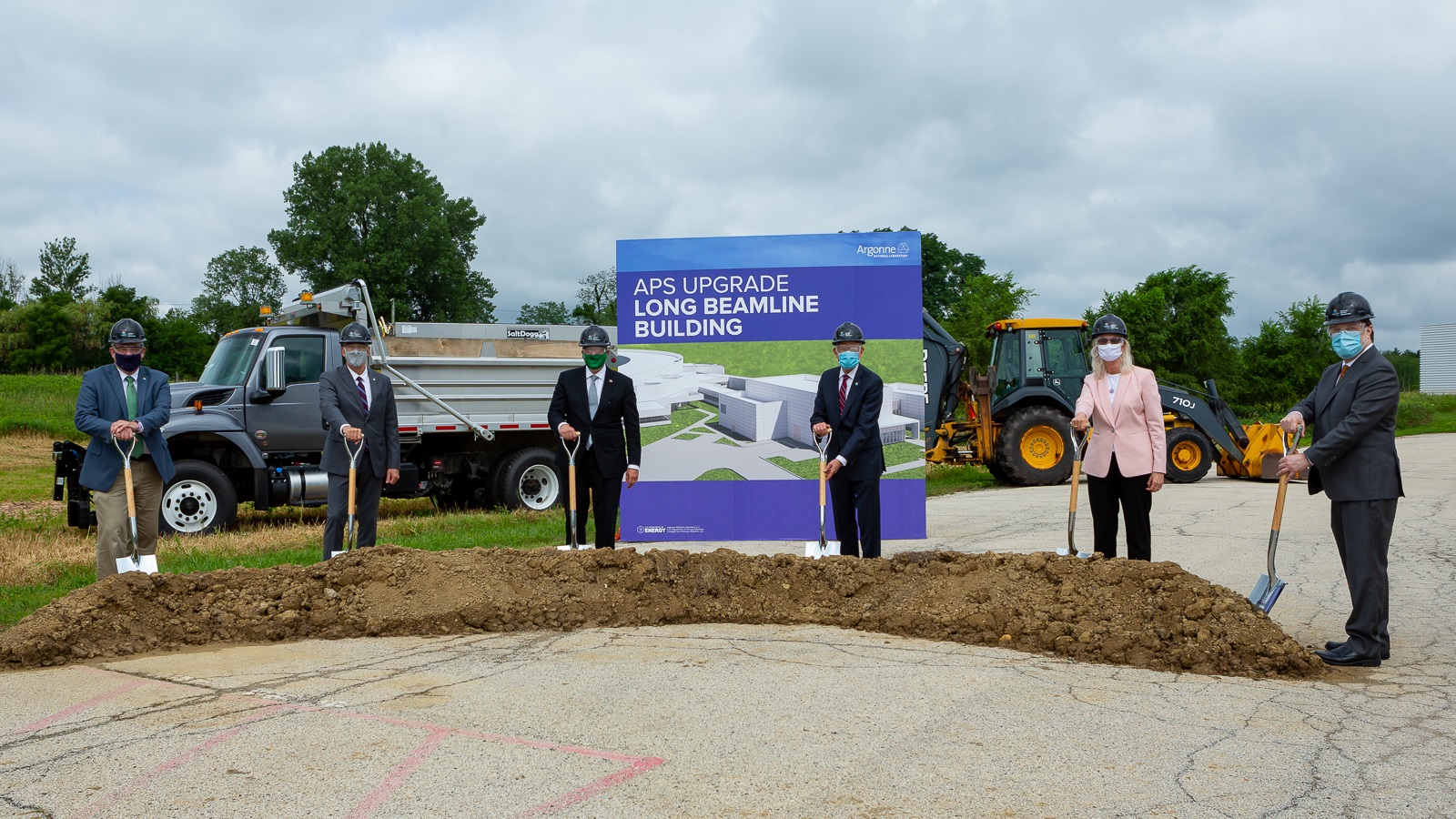
Argonne breaks ground on new state-of-the-art beamlines for the Advanced Photon Source
In a ceremony at Argonne, leaders from the Department of Energy joined the lab in breaking ground on two new beamlines that will enable new innovations in many different scientific fields.
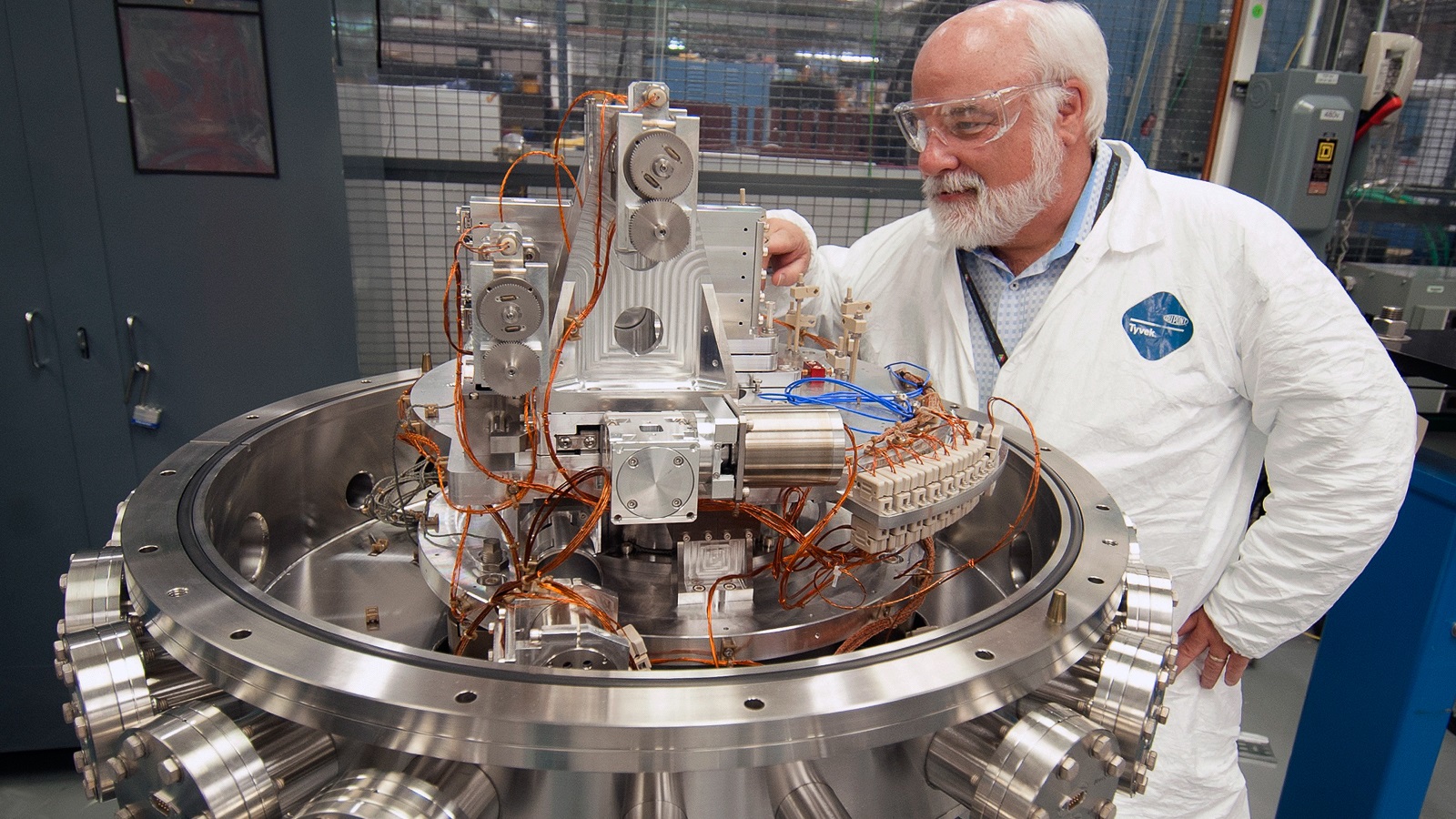
Advanced Photon Source Upgrade will transform the world of scientific research
It’s been almost 25 years since the APS first saw light. An $815 million upgrade is currently underway with an anticipated first light in 2023. The APS Upgrade will provide the scientific community with unprecedented new research opportunities.
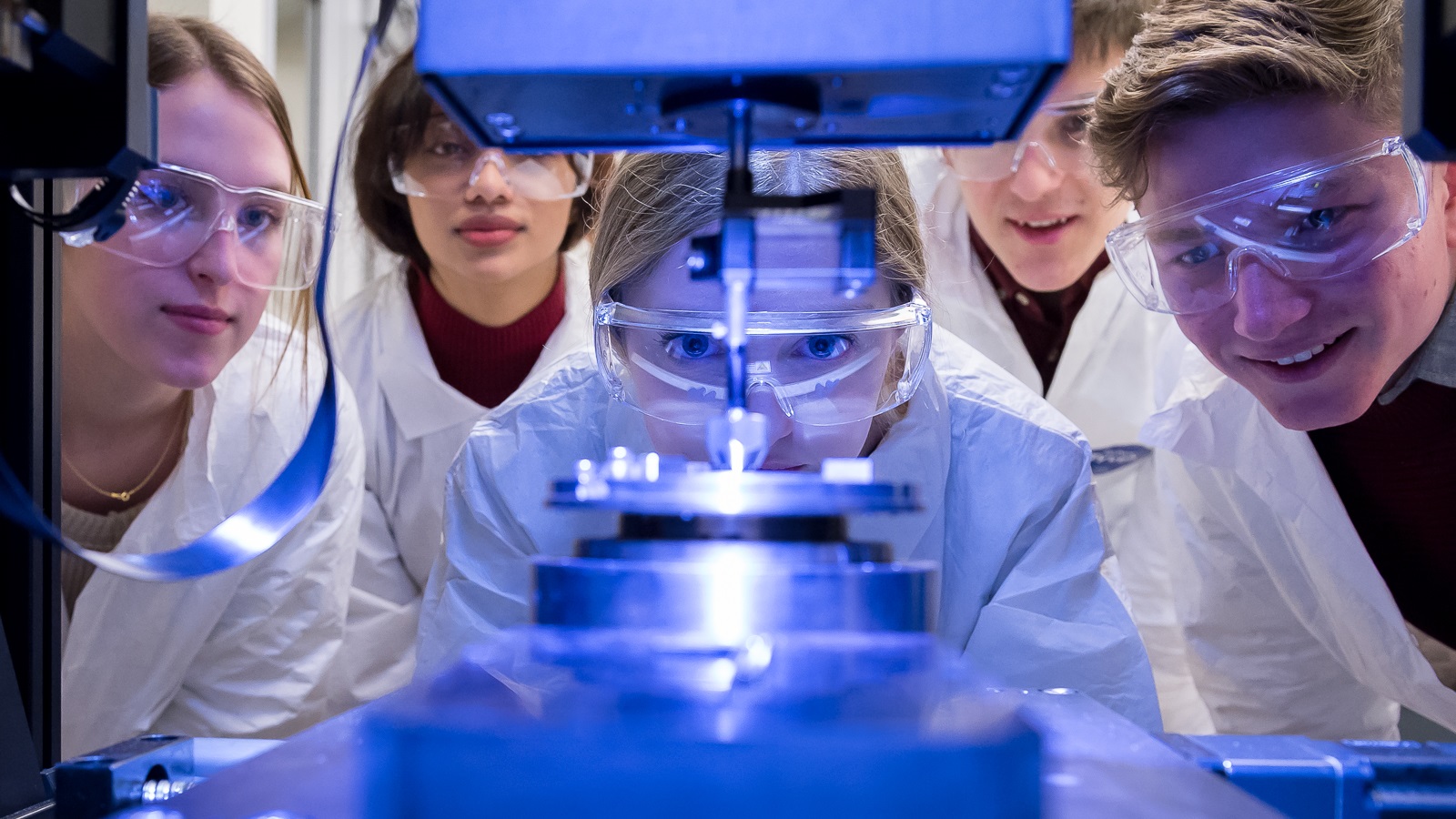
Exemplary Student Research Program inspires our next generation of researchers
Every year, the Exemplary Student Research Program welcomes students from Chicagoland high schools to complete research projects at Argonne’s scientific facilities. The program inspires and trains the next generation of researchers.
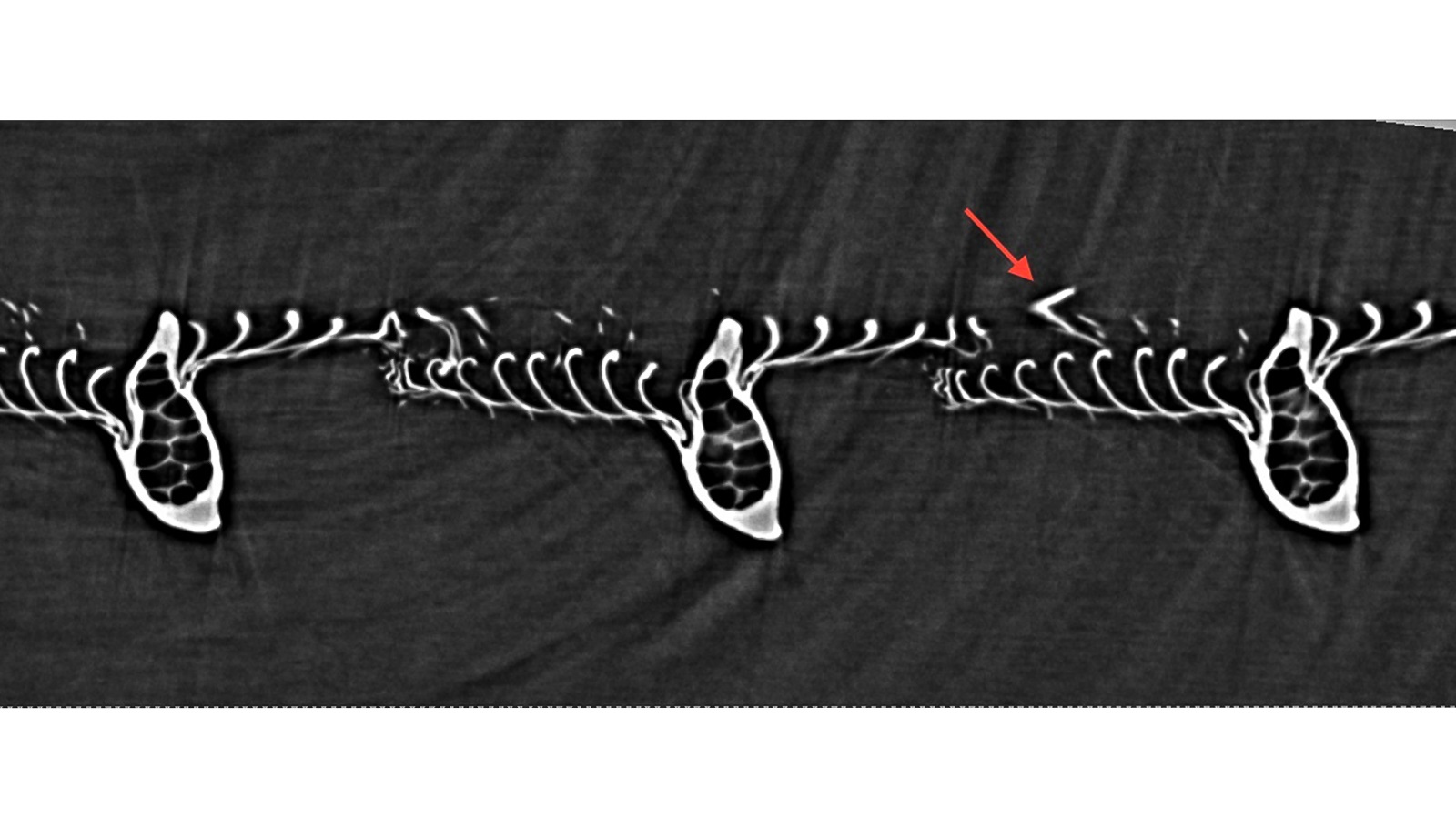
Hooks on the feathers stick together: Visualizing how birds form continuous wings in flight
Studying bird feathers at the Advanced Photon Source has given scientists a picture of the mechanism that holds those feathers together when birds fly.
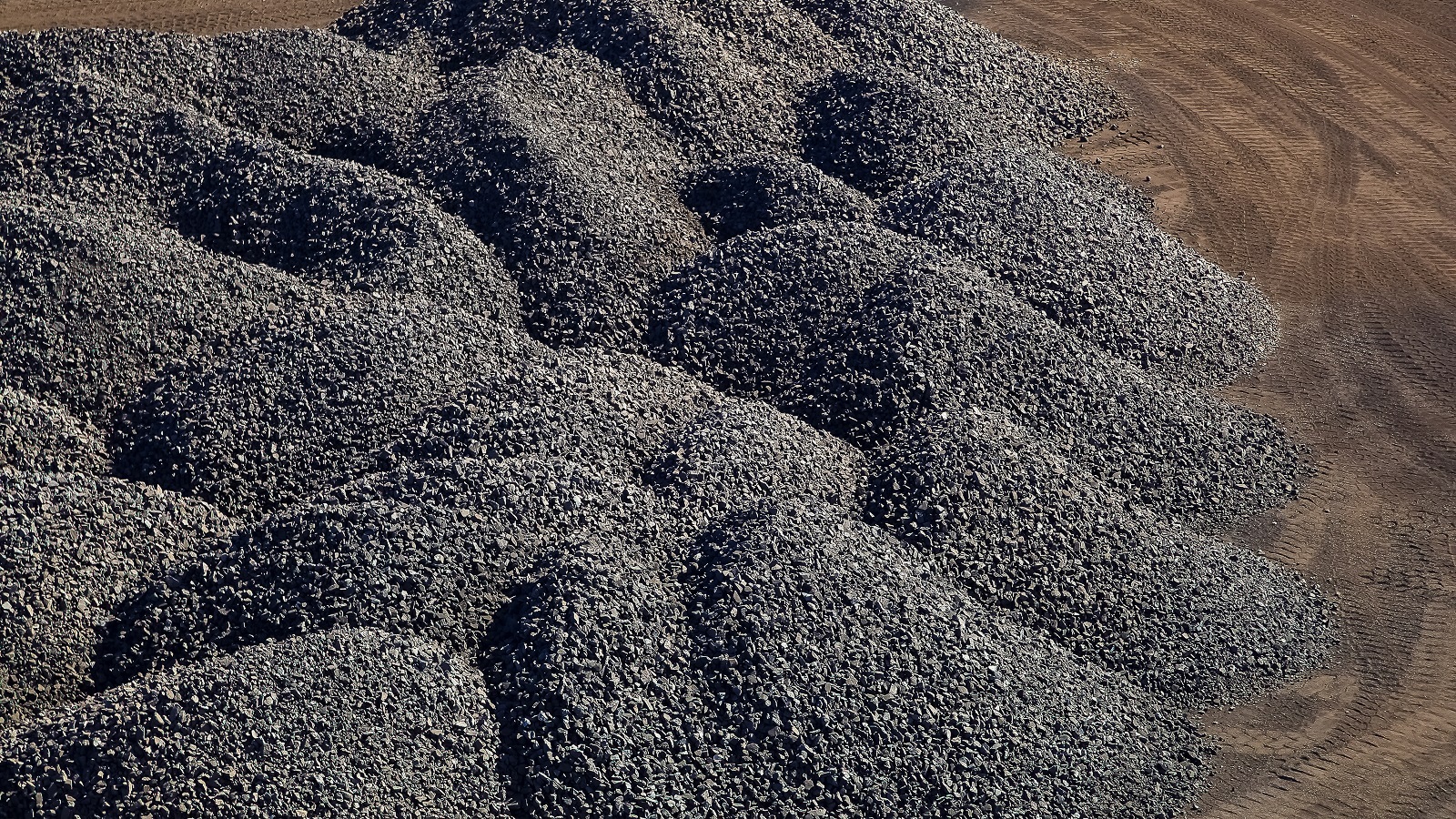
Researchers eye manganese as key to safer, cheaper lithium-ion batteries
Researchers at the U.S. Department of Energy (DOE)’s Argonne National Laboratory are developing a technology that centers on manganese, one of Earth’s most abundant metals.
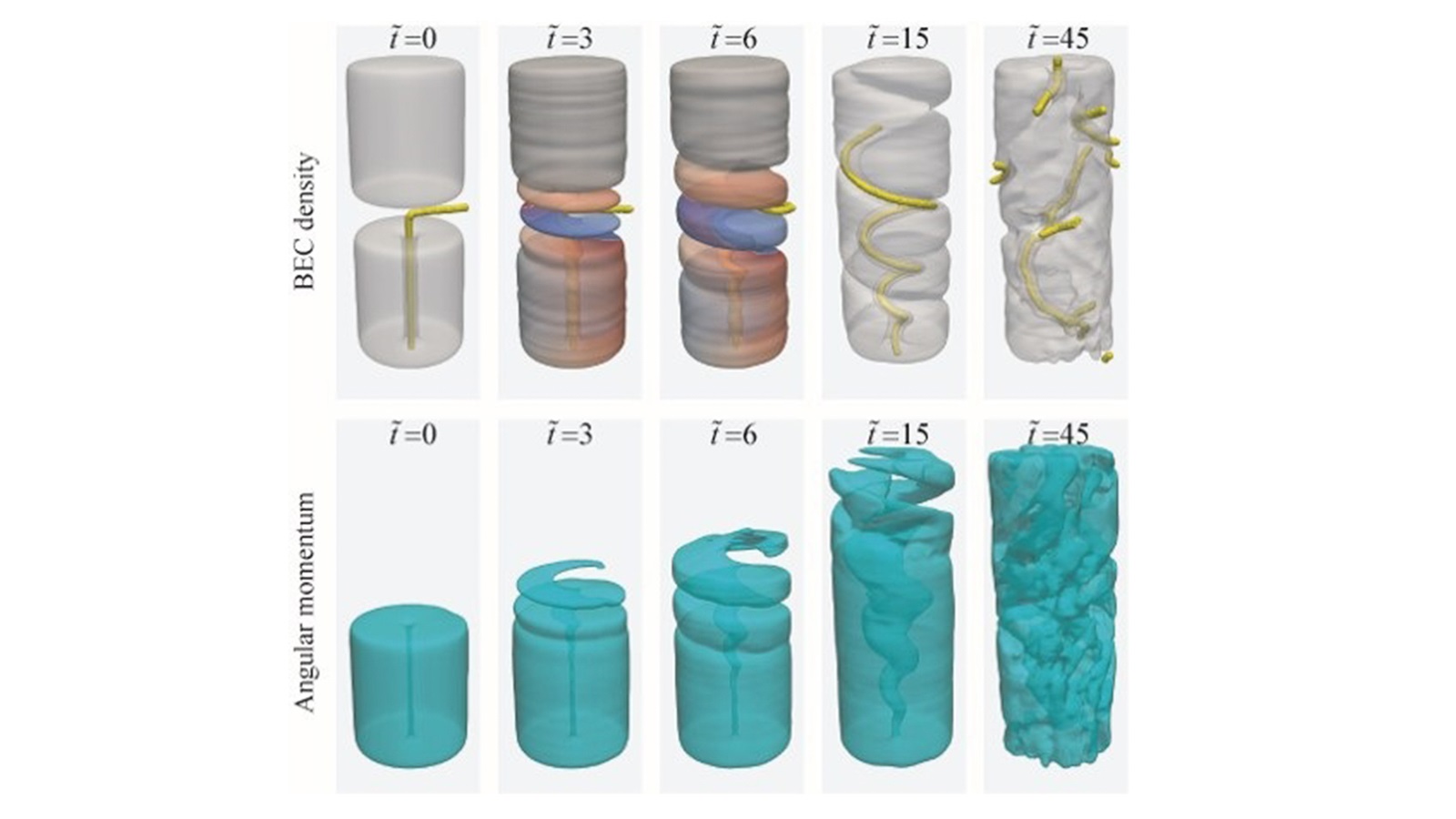
Theoretical breakthrough shows quantum fluids rotate by corkscrew mechanism
Scientists performed simulations of merging rotating superfluids, revealing a peculiar corkscrew-shaped mechanism that drives the fluids into rotation without the need for viscosity.
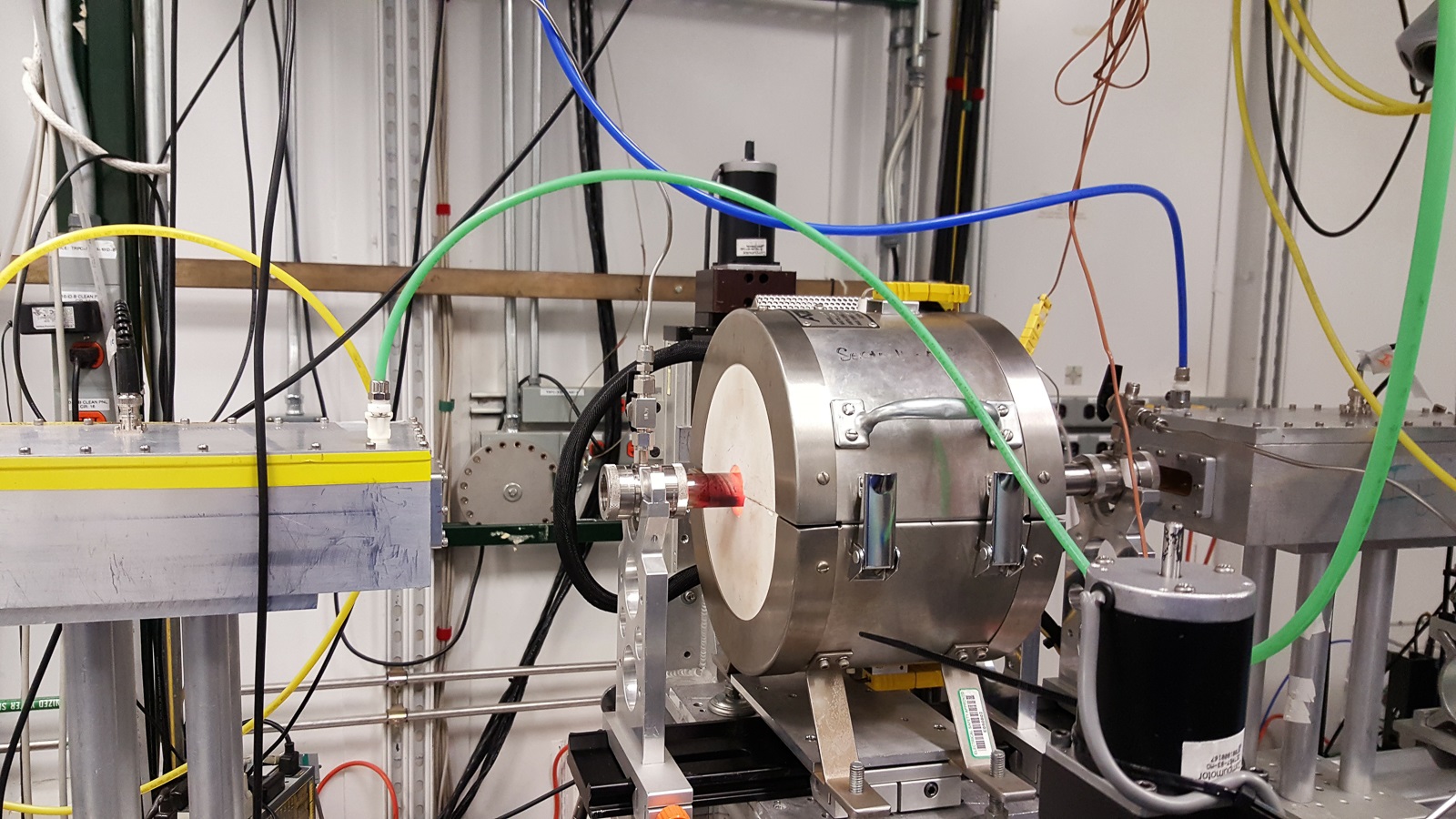
Platinum-free catalysts could make cheaper hydrogen fuel cells
Argonne scientists studied platinum-free catalysts for important fuel cell reactions. The research provides understanding of the mechanisms that make the catalysts effective, and it could inform production of more efficient and cost-effective catalysts.
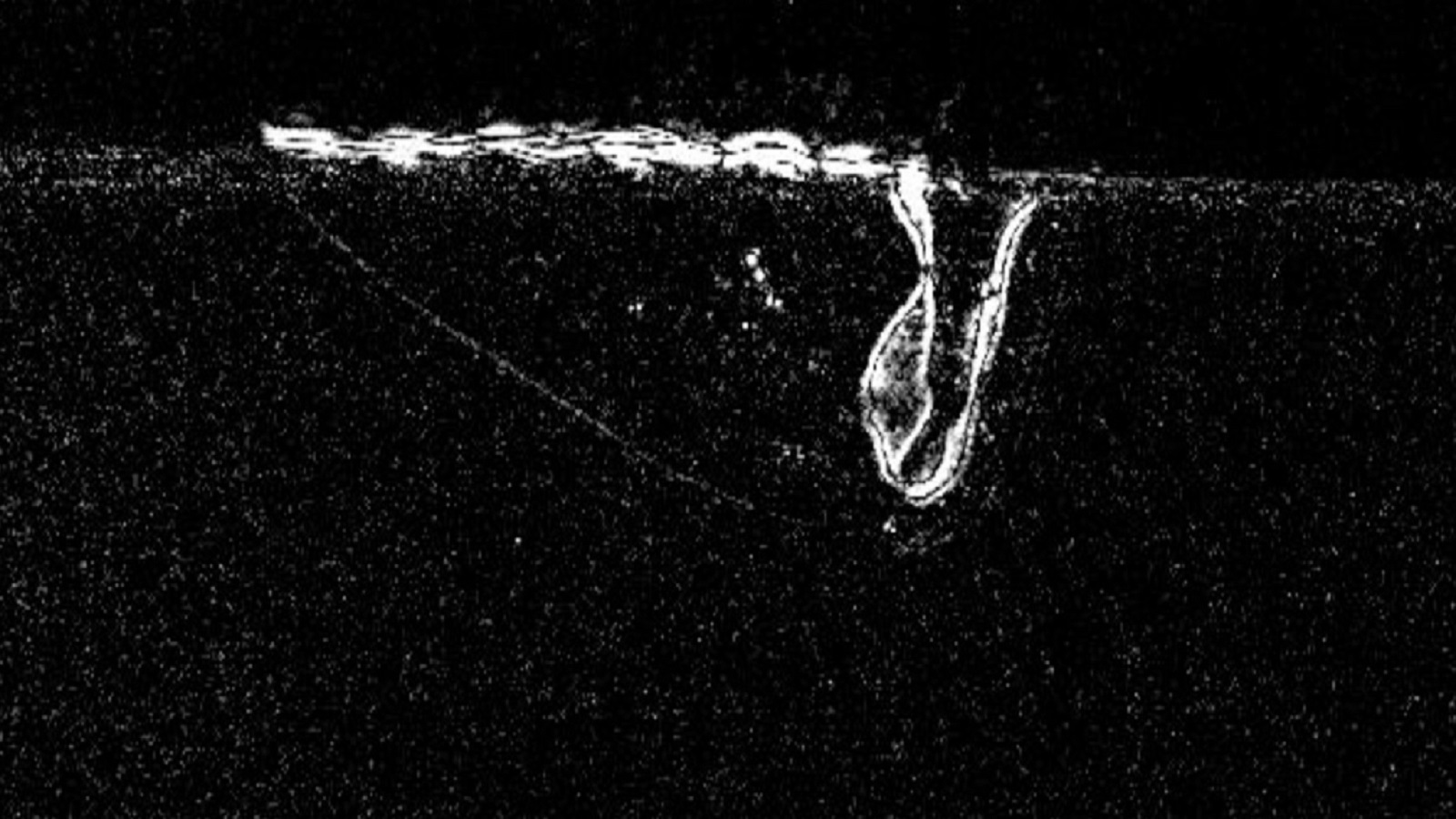
Bursting your (tiny) bubbles: New research points the way toward pore-free 3D printing
New research conducted at the Advanced Photon Source (APS) points toward pore-free 3D printing of metal components, with no additional apparatus required.
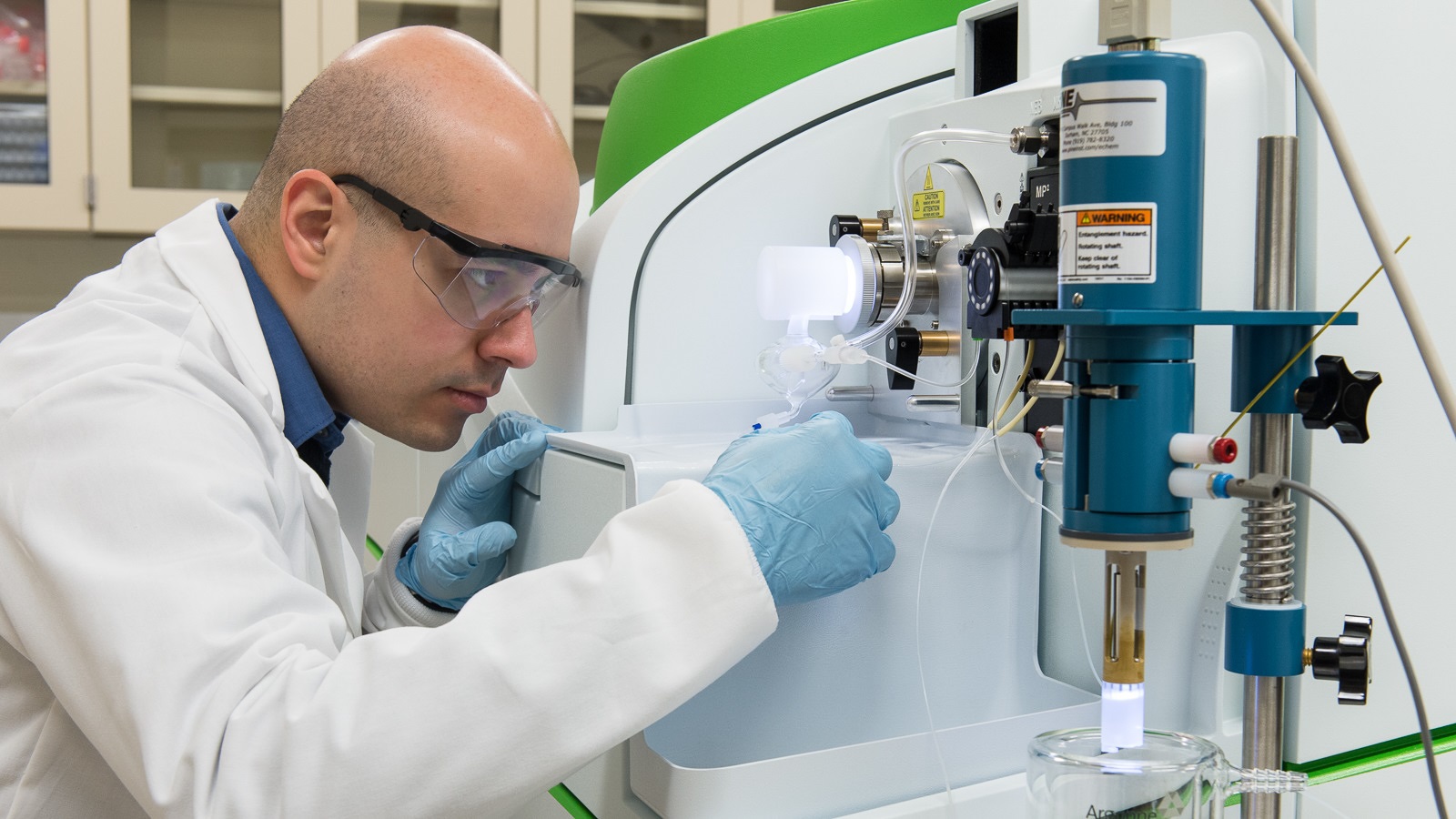
Investigating the dynamics of stability
Scientists have gained important insight into the mechanisms that drive stability and activity in materials during oxygen evolution reactions. This insight will guide the practical design of materials for electrochemical fuel production.
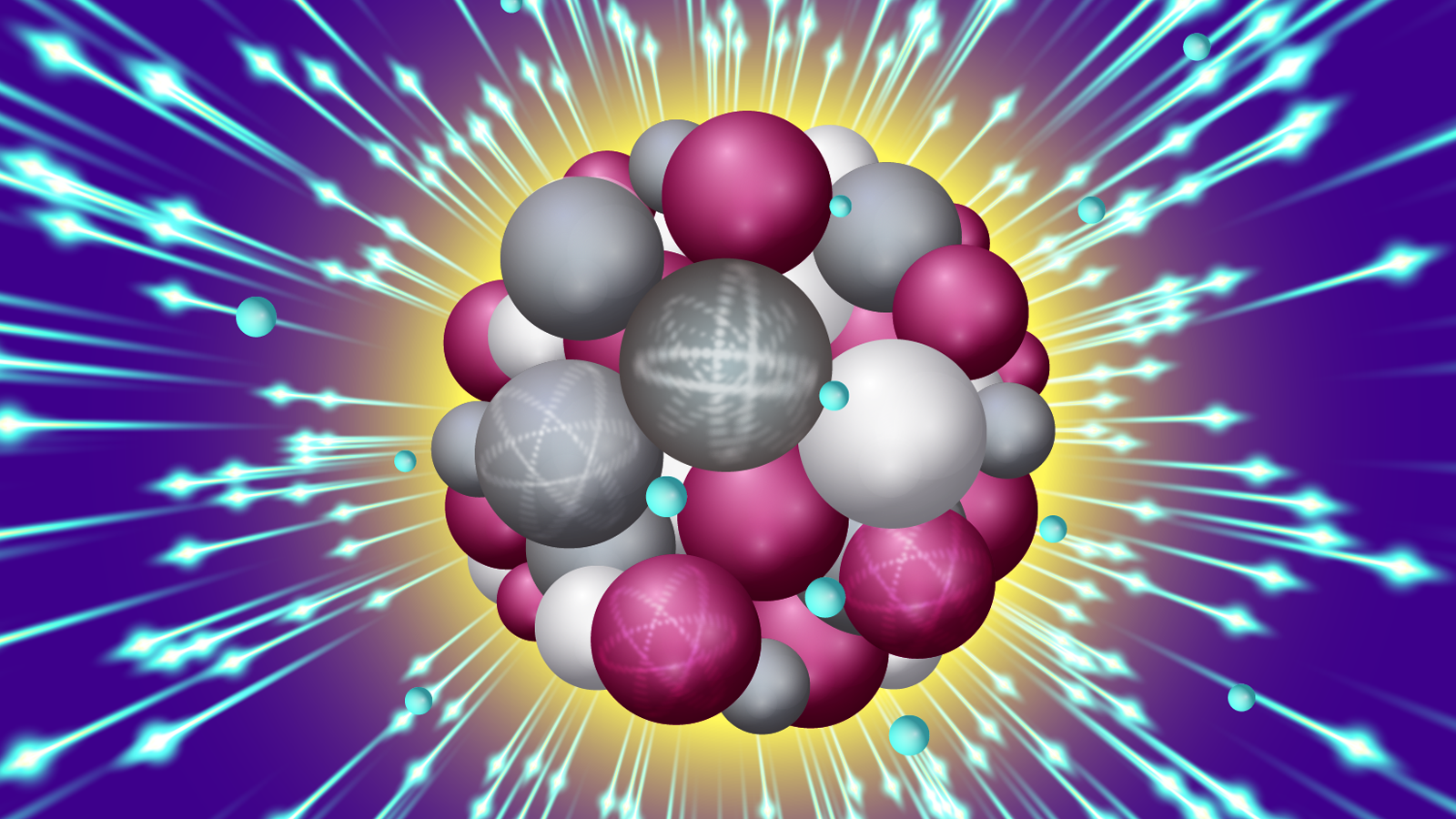
A step ahead in the race toward ultrafast imaging of single particles
New research from Argonne National Laboratory takes a step toward the “holy grail” of imaging: the ability to see the structure of a single, free-form molecule at atomic resolution.
Argonne engineers streamline jet engine design
Argonne scientists are combining one-of-a-kind x-ray experiments with novel computer simulations to help engineers at aerospace and defense companies save time and money.
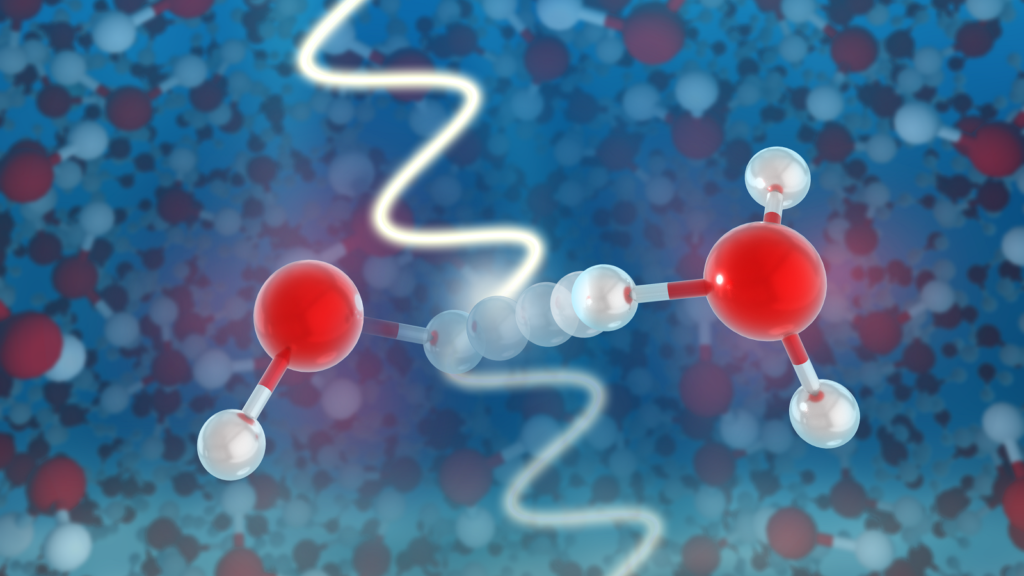
Scientists observe ultrafast birth of radicals
An international team of researchers have, for the first time, glimpsed the ultrafast process of proton transfer following ionization of liquid water, shedding light on how radical cations separate from their electron partners, neutralize and subsequently drift about creating damage.
Exploring the “dark side” of a single-crystal complex oxide thin film
A new study offers a nanoscopic view of complex oxides, which have great potential for advanced microelectronics.
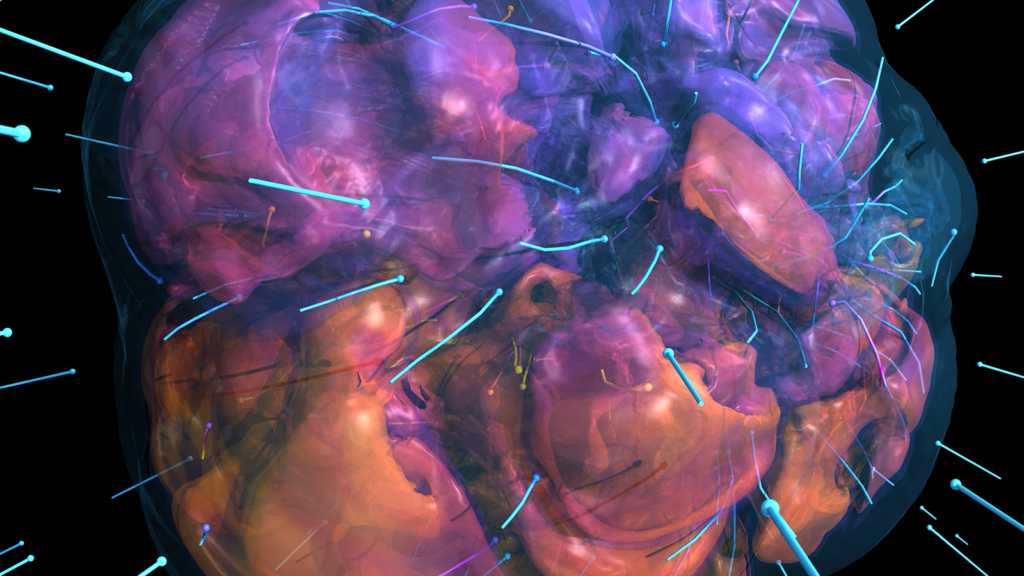
Argonne researchers to share scientific computing insights at SC19
Several Argonne researchers will attend the Supercomputing 2019 (SC19) conference to share scientific computing advances and insights with an eye toward the upcoming exascale era.

How sweet: Researchers find what makes chocolate melt in your mouth
Researchers have used X-ray techniques to investigate particular features of the geometric configuration of tiny particles of chocolate to see how they impact mouthfeel.

Argonne training program prepares researchers for scientific computing in the exascale era
From July 28 to Aug. 9, 73 students participated in the 2019 Argonne Training Program on Extreme-Scale Computing (ATPESC) organized by the U.S. Department of Energy’s (DOE) Argonne National Laboratory and funded by DOE’s Exascale Computing Project (ECP).
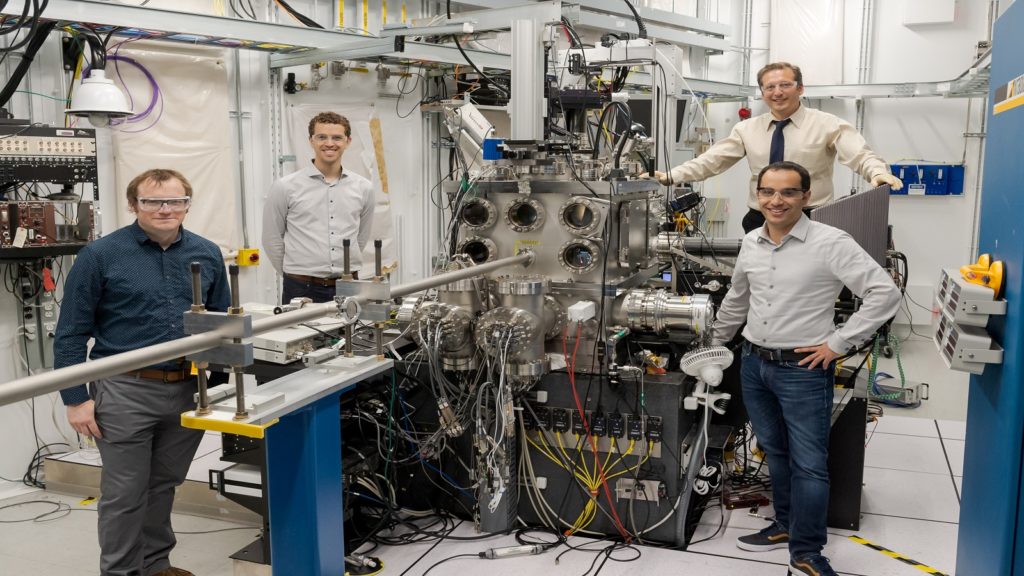
Seeing sound: Scientists observe how acoustic interactions change materials at the atomic level
By using sound waves, scientists have begun to explore fundamental stress behaviors in a crystalline material that could form the basis for quantum information technologies.
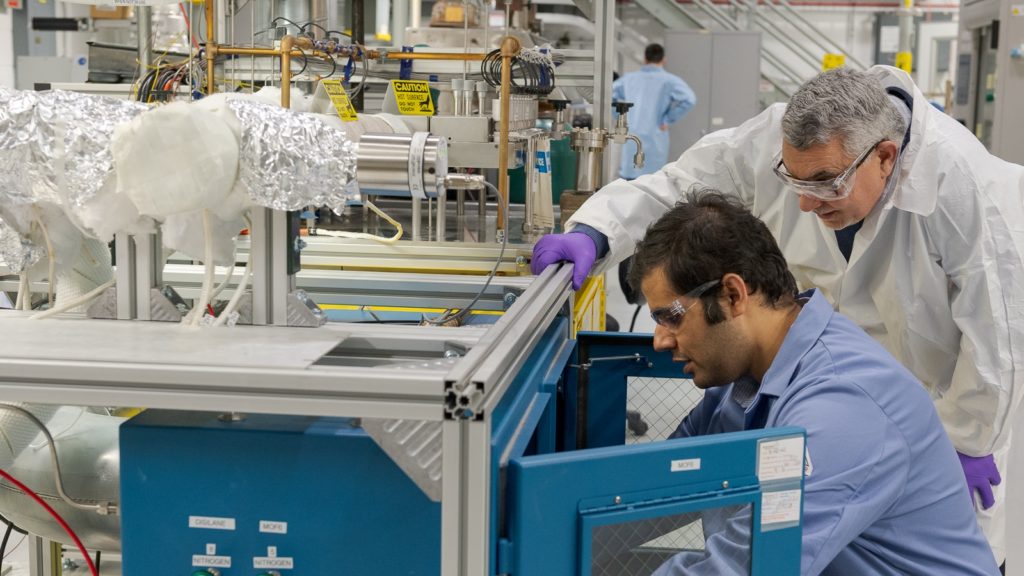
Argonne discovery offers new way to coat nuclear materials
Argonne scientists have discovered a new way to coat nuclear materials that supports efforts to minimize use of high-enriched uranium.